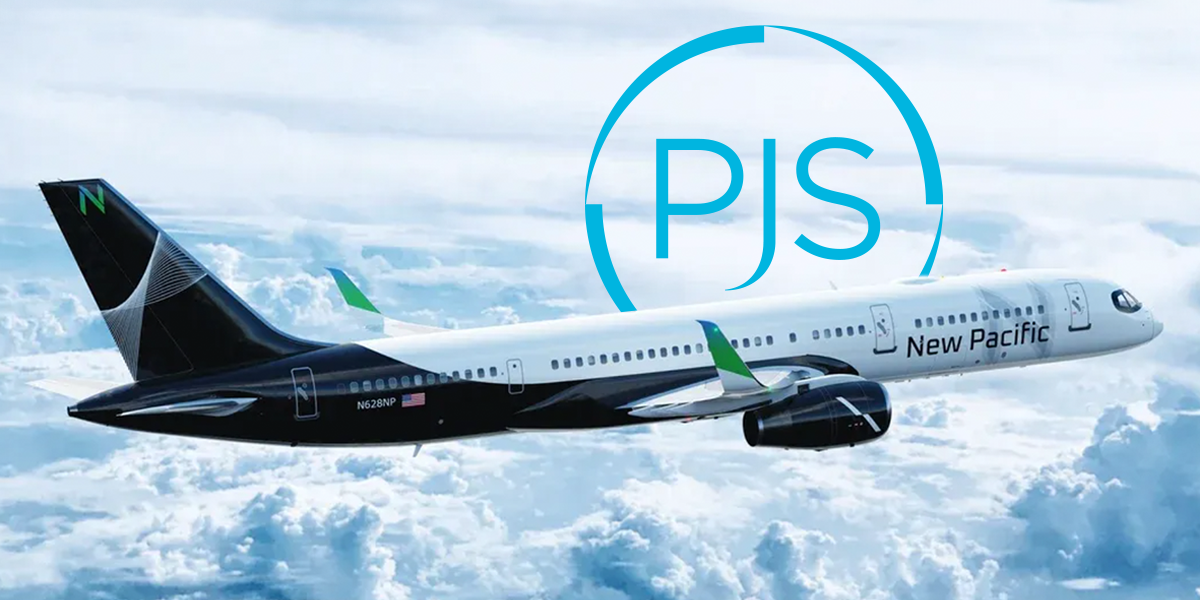As a result of high demand, aircraft availability is still challenging. Like nearly all other industries across the world, the onset of the pandemic changed the landscape. From halted manufacturing operations to people searching for ways to safely continue traveling while minimizing COVID-19 transmission, the effects for private aviation were an increase in demand and low inventory.
While the industry is running up against a lack of new charter jet inventory, existing fleets are not large enough to handle the demand or frequent requests for desired aircraft, desired time frames, and location challenges.
There have been many lessons over the past two years, but adaptability resonates soundly across the board. Through the concept of adaptability, we find strategies to help travelers combat the strain on the private jet supply with minimal impact on any upcoming travel plans. Here are the top five recommendations that our experts at PJS advise travelers do differently when chartering a jet in this low-inventory market:
1. Work With A Consultancy – Consultancies have access to thousands of aircraft and are deeply engrossed in the market every day, so they have a pulse on the best inventory. At PJS, this access extends globally and includes preferred access to more than 25 dedicated aircraft. Working with a single charter company with a select fleet in addition to availability further limiting its fleet could result in a preferred aircraft not being available.
2. Keep Travel Plans Flexible — The advantage of reserving a private jet is deciding when to travel and to and from what location. Limited availability may force travelers to choose between optimal departure and arrival times, location or choice aircraft, especially if reserving last minute, so be prepared to be open with travel plans.
3. Consider A Jet Membership — During COVID, both commercial and private aviation industries saw depressed rates because aircraft were significantly underutilized. But as with the supply and demand the world faces across many sectors, the same dilemma forces charter providers to increase prices. It’s simple math and economics. One way to lock in the rates until the market stabilizes is to consider a jet membership. Many memberships allow users to lock in prices for a given period of time and come with other beneficial VIP perks.
4. Plan Further Ahead Than Usual — Any charter provider will encourage early booking to provide a breadth of options. Based on current inventory and demand, the recommended time to begin planning is 6-8 months before an upcoming trip. Even while leaders like PJS are adept at last-minute operations and always prioritize the best aircraft options, we can offer more choices at optimal prices during this compression with advanced notice.
5. Monitor Empty Legs — Sometimes charter companies offer empty legs (a scheduled flight with no passengers) to avoid flying without paying passengers. Empty legs are ideal for spur-of-the-moment trips and scoring the best deals on routes that you frequently fly, as long as you can be flexible with your schedule.
Finding a jet to charter is more challenging than ever, but with these tips from our seasoned aviation consultants, navigating a world of low supply and high demand is possible.
If you are looking for more support, reach out for a consultation today. As the experts say, plan further ahead than usual.




